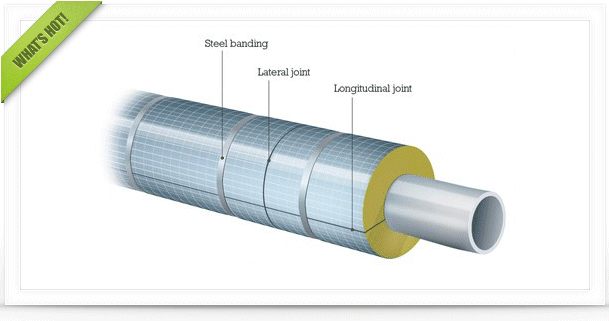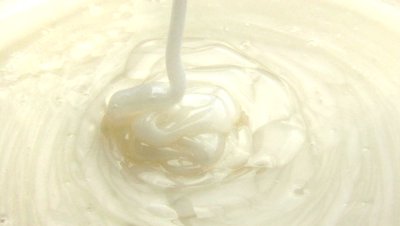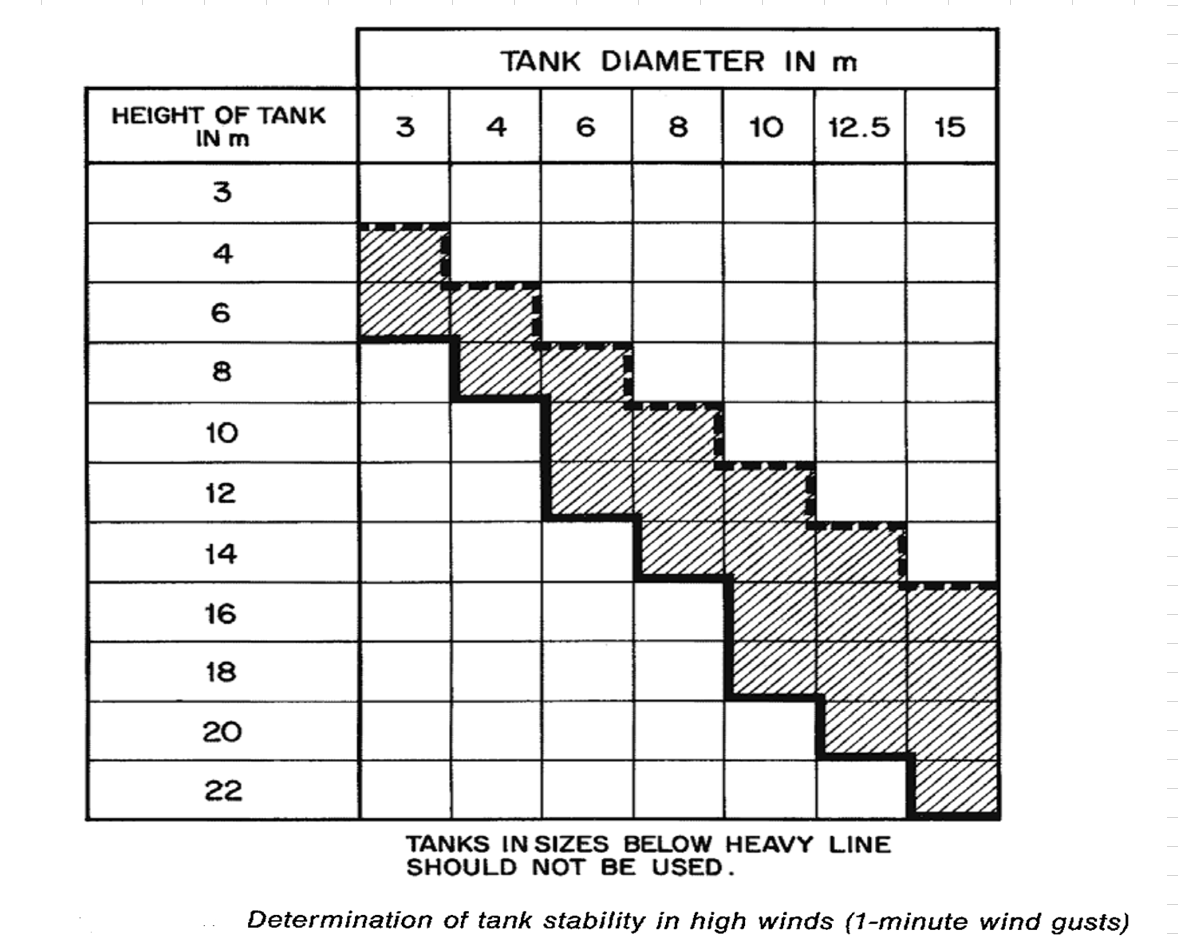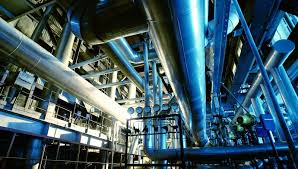I've had a bit to do with ammonia storage and LNG storage off and on over the years. This year I led a study to rate an existing ammonia tank to account for an expansion to increase its pump out rate by about 10 times its existing capacity. So, having brushed up on the basics recently, I feel confident to give this one a go.
My first guess (taking the load table on face value and with no other clues) is that the BOG is associated with the pumps from a gas liquid carrier with its cargo being unloaded into the tank. Ships have high flow pumps and the liquid runs through large diameter lines that are often many kilometres long providing plenty of exposure for heat in-leak. A sensible design case, is to account for unloading a "hot ship" that will add to the BOG load. Procedurally, what I've seen is that the shore operation won't accept a ship to unload if its cargo is hotter than some design limit. So, a sensible upper limit can be determined without too much difficulty.
The quantity of flash gas for this case would correlate with the "Vapour Displacement due to Tank Filling". I'm not seeing a line item for this load, so that doesn't help. This might be the line item "Replacement Volume of Ammonia Vapour to Liquid" - which is a load that doesn't make sense to me. If it's vapour displacement, then the quoted quantity reads as too small by observation.
The other possibility is that the load is due to "hot rundown", where the process plant has lost temperature control and its pumping across hot liquid.
I'd be surprised if the BOG load is associated with the tank's pump(s) being operated on full recycle (aka Holding Mode) but it's not outside the realms of possibility. Checking this would be a simple latent heat / flash calculation using the total pump power and a set of R-717 thermo tables from ASHRAE.
Hard to be definitive with the sketchy data offered.
Edited by astro, 24 September 2025 - 08:46 AM.

 FB
FB













